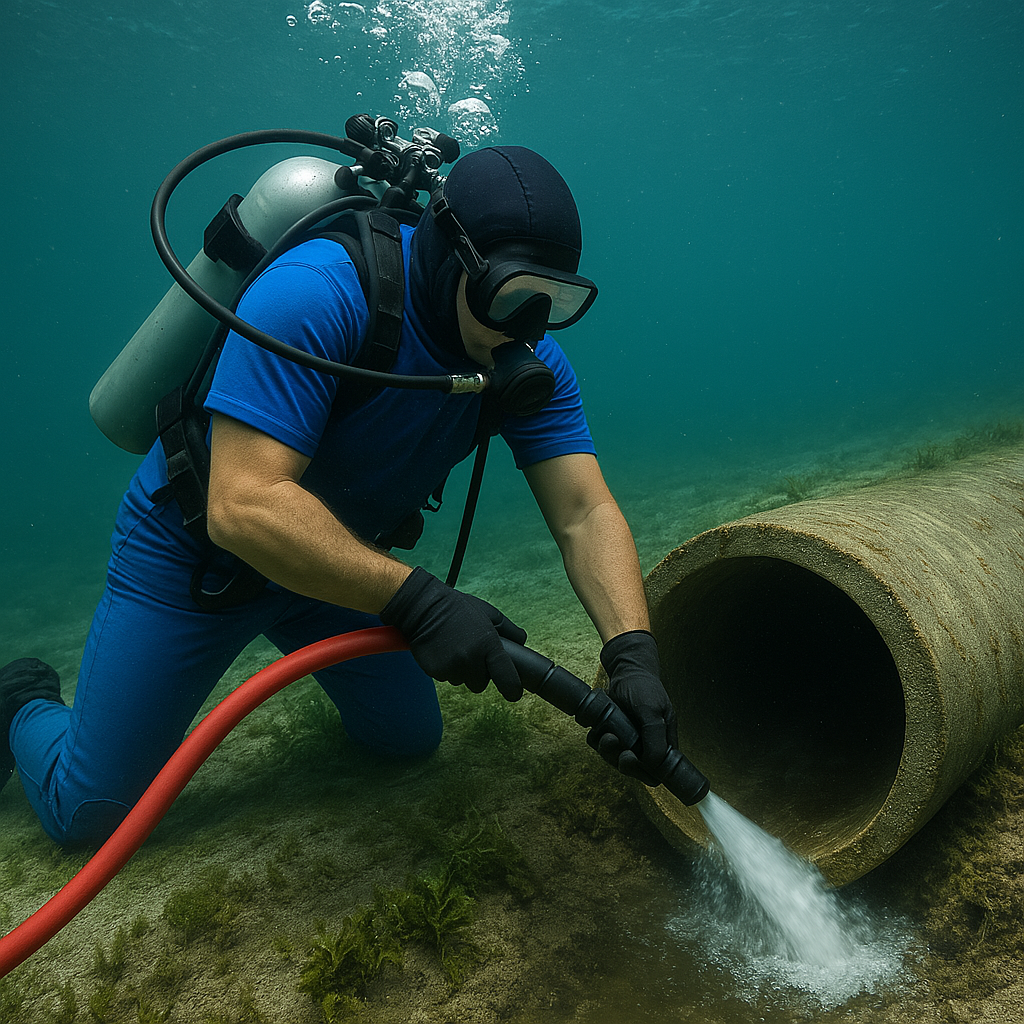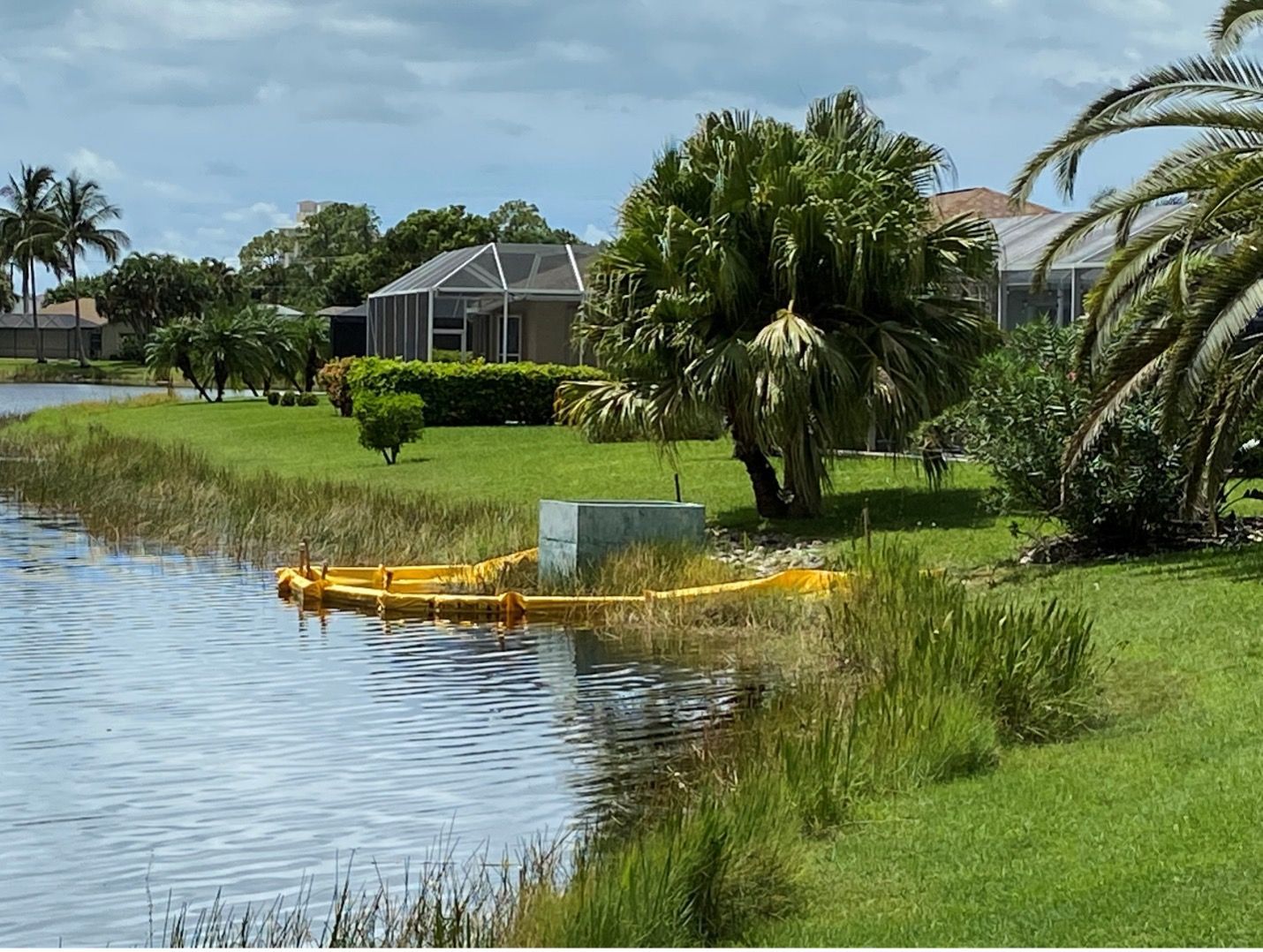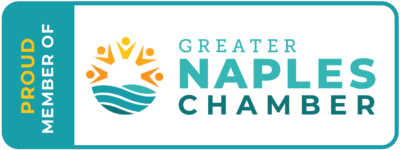Wetlands, and Preserves
South Florida is renowned for its rich natural landscapes, particularly its wetlands, which are crucial to the region’s ecosystem. These wetlands, including the famed Everglades, are teeming with biodiversity and serve as critical habitats for a myriad of species. However, the health and sustainability of these wetlands are under constant threat from exotic, invasive plant species. Effective maintenance, particularly through the eradication of these non-native palms, plants, and trees in gated and non-gated communities, is essential to preserving each community’s lake and stormwater management system.
Wetlands in South Florida play a pivotal role in maintaining ecological balance. They act as natural water filtration systems, absorbing pollutants and purifying water before it reaches larger bodies such as the Gulf of Mexico and the Atlantic Ocean. These wetlands also serve as crucial buffers against storms and flooding, absorbing excess rainfall and mitigating the impacts of hurricanes. Most planned communities require a certain amount of wetland or preserve as part of their Original Development order.

Above Picture: Most planned communities have a designed wetland area that abuts up to a lake or pond. It allows native animals to create habitats, eat, and reproduce naturally.
Despite their importance, South Florida’s wetlands face significant threats from exotic plant species. Invasive palms, plants, and trees can disrupt the natural balance of these ecosystems, outcompeting native species for resources and even choking them out and killing them. Some of the most common invasive plant species that a community’s Lake Maintenance company must address include the Melaleuca tree, the Brazilian pepper plant, and the Australian pine.
The Melaleuca tree, native to Australia, has become notorious for its impact on native vegetation. These trees spread rapidly and form dense stands that crowd out native plants, alter fire regimes, and reduce the availability of water. Their presence has significantly changed the landscape of the Everglades and other wetland areas, making it difficult for native species to survive.
Similarly, the Brazilian pepper plant forms thick canopies that block sunlight, preventing the growth of native plants and altering habitats for wildlife. Originally from South America, this plant has become widespread in South Florida, where it thrives in the region's warm, humid climate. Its aggressive growth habits allow it to dominate large areas, displacing native vegetation and altering the structure of wetland ecosystems.
The Australian pine, another invasive species, also poses severe threats. These trees grow rapidly and can reach up to 100 feet in height, shading out native plants and altering soil composition. The dense root systems of Australian pines can disrupt the hydrology of wetlands, affecting water flow and availability for native species.
To preserve South Florida’s wetlands, it is imperative to maintain these ecosystems by eradicating exotic plant species. Effective management strategies involve a combination of mechanical, chemical, and biological control methods. Mechanical removal, such as cutting and uprooting invasive plants, is labor-intensive but essential for preventing their spread. Chemical control, using herbicides, can be effective but must be carefully managed to avoid harming native species and water quality.
Maintaining South Florida’s wetlands through the eradication of exotic plant species is vital for several reasons. Firstly, it helps preserve biodiversity by ensuring native species have the resources and habitats they need to thrive. Protecting native plants maintains the ecological balance and resilience of these ecosystems.
Secondly, healthy wetlands are essential for water quality and supply. By filtering pollutants and regulating water flow, wetlands provide clean water for both wildlife and human use. The degradation of wetlands due to invasive species can compromise these critical functions, leading to increased pollution and water scarcity.
Lastly, preserving wetlands supports the local economy and community well-being. South Florida’s wetlands attract tourists, birdwatchers, and nature enthusiasts, contributing to the region’s economy. They also provide recreational opportunities for residents, enhancing quality of life and fostering a connection to nature.
Recent Posts






